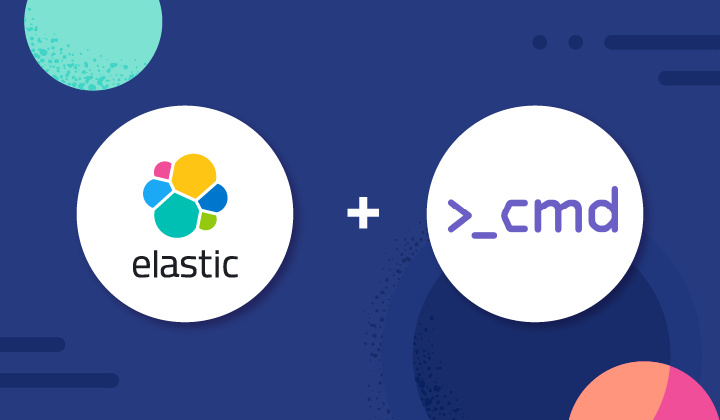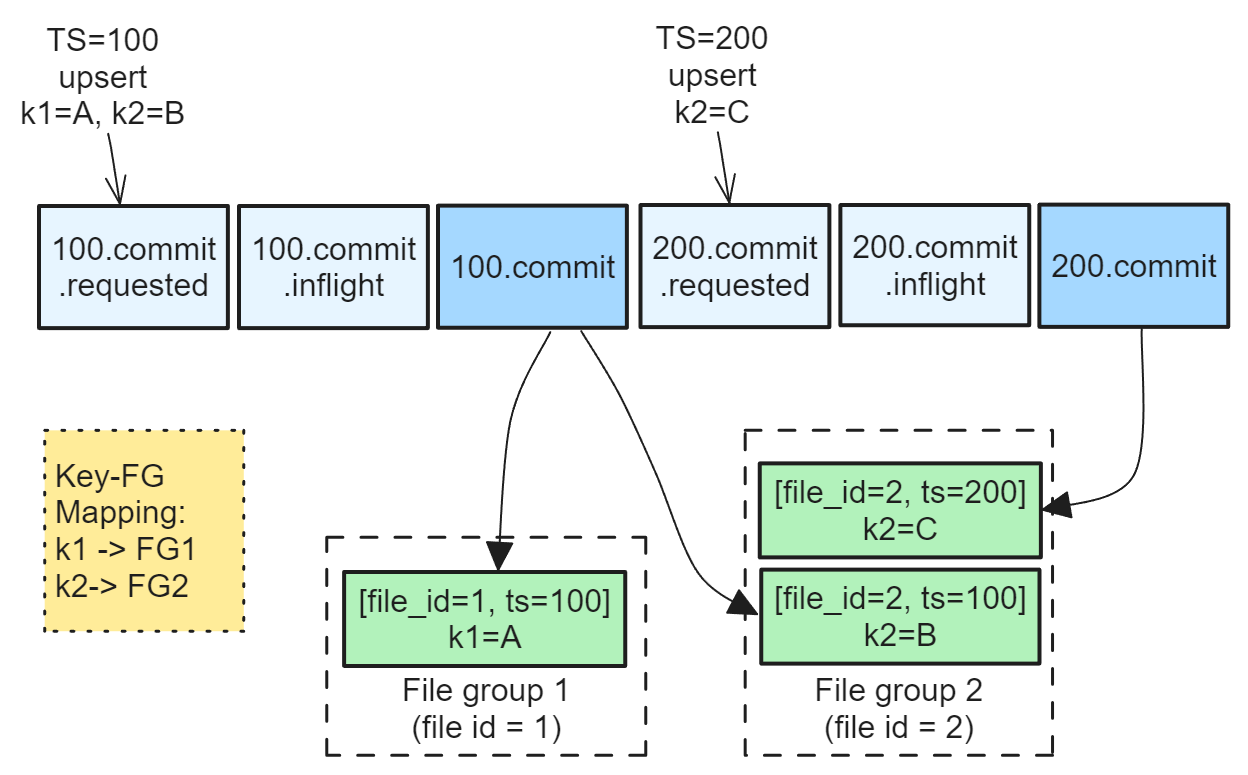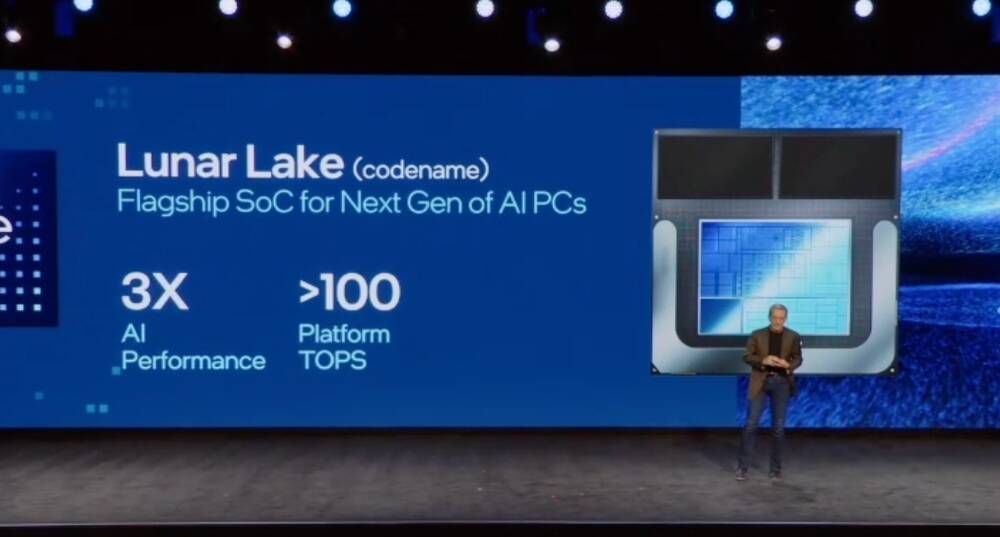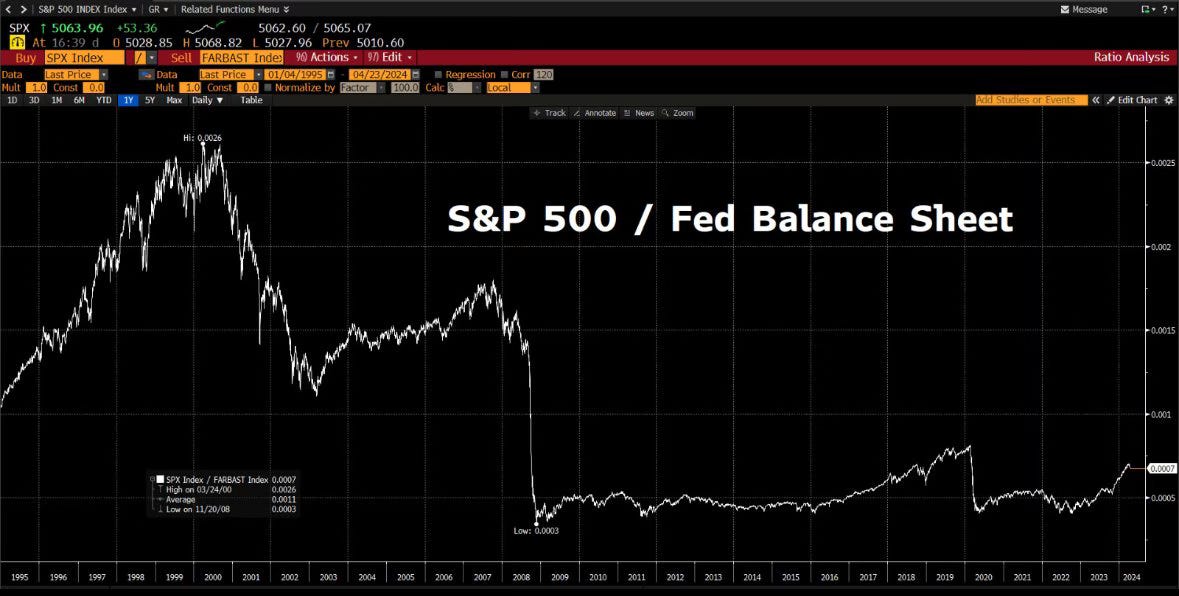
WTF is Cloud Native Quantum?
Quantum computing is here, and it’s on the cloud. As someone who loves both quantum computing and the cloud, this makes me very happy. I did a doctorate in quantum computing in the late 1990s. By necessity, my research was purely theoretical. We knew quantum computers would be powerful, but no one had actually built one. The big question for our watercooler debates wasn’t “when will a quantum computer be built?” it was “will a quantum computer ever be built?”.
Things have changed. In 2016 IBM was the first to make a quantum computer available on the cloud - for anyone to use, for free. Progress has continued since then, and a developer can now run quantum workloads on a number of different clouds. They can develop their cloud-ready quantum applications using a variety of open source or proprietary quantum libraries and compilers. The cloud is a natural fit for quantum computation, because the cloud is just so good at pooling resources, enabling hardware access, and accelerating innovation. Practical quantum computation takes a hybrid approach in which quantum and classical hardware work in concert. The two different types of system each pick up the parts of the problem they’re best at. Cloud Native technologies, like Kubernetes, will be a fundamental part of this orchestration.
Quantum computers are interesting because classical computers are limited. Some problems are just too difficult to work out on a classical computer. I don’t mean things like designing an auto-correct that doesn’t make bizarre changes or teaching a computer to tell jokes. Those are hard, but that’s just because we can’t figure out the right algorithm. But for some problems, we do know the algorithm, and it’s still too hard: even the most efficient algorithm takes so much time and memory that it’s physically impossible to run. The underlying issue is that the algorithm scales exponentially with the number of things in the calculation.





















